In the dynamic world of logistics and transportation, ensuring the secure connection between tractors and trailers is paramount. At CarMax Vehicle, we understand the critical importance of chaining tractors to trailers effectively. This comprehensive guide delves into the nuances of tractor-trailer chaining, offering insights, best practices, and advanced techniques to enhance safety, compliance, and operational efficiency.
Understanding the Importance of Proper Chaining
Chaining a tractor to a trailer is not merely a procedural task but a foundational aspect of safe and efficient transportation. Proper chaining ensures:
- Safety: Prevents accidental disconnections, reducing the risk of accidents on the road.
- Compliance: Adheres to industry regulations and standards, avoiding legal repercussions.
- Efficiency: Minimizes downtime caused by equipment failures or transportation delays.
- Equipment Longevity: Reduces wear and tear on tractor and trailer components by ensuring balanced loads and secure attachments.
Types of Chains Used in Tractor-Trailer Connections
Selecting the right type of chain is crucial for a secure connection. CarMax Vehicle offers a range of chains designed to meet diverse operational demands.

Grade of Chains
Chains are classified based on their strength and durability. Common grades include:
- Grade 30: Lightweight, suitable for low-stress applications.
- Grade 43: Medium strength, ideal for standard transportation needs.
- Grade 80: High strength, used in heavy-duty and high-stress scenarios.
Materials
Chains are crafted from various materials, each offering distinct advantages:
- Carbon Steel: Offers excellent strength and durability, making it a popular choice.
- Stainless Steel: Provides superior corrosion resistance, ideal for harsh environments.
- Alloy Steel: Combines high tensile strength with flexibility, suitable for demanding applications.
Best Practices for Chaining Tractor to Trailer
Adhering to best practices ensures that the chaining process is both effective and compliant with industry standards.

Pre-Connection Inspection
Before chaining, conduct a thorough inspection of both the tractor and trailer:
- Hitch Points: Ensure that the hitch points are free from damage or excessive wear.
- Chains: Check for signs of rust, deformation, or breakage.
- Hooks and Fasteners: Inspect for integrity and secure fastening mechanisms.
Proper Tensioning
Achieving the correct tension in the chains is critical:
- Avoid Over-Tensioning: Excessive tension can lead to chain elongation and potential failure.
- Prevent Under-Tensioning: Insufficient tension may result in chain slack, increasing the risk of disconnection.
- Use Tensioning Tools: Employ torque wrenches and chain tensioners to maintain optimal tension levels.
Angle of Chains
The angle at which chains are positioned affects stability:
- Maintain a Gentle Angle: Chains should not be at extreme angles, which can strain attachment points.
- Use Guides: Utilize chain guides or brackets to maintain consistent angles during transit.

Redundancy
Implementing redundancy adds an extra layer of security:
- Double Chaining: Use two sets of chains for critical connections.
- Cross-Links: Incorporate cross-links to distribute load evenly across chains.
Advanced Techniques for Enhanced Security
For operations demanding higher security, advanced chaining techniques are recommended.
Integrated Chaining Systems
Integrated systems offer automated tensioning and monitoring:
- Smart Sensors: Monitor chain tension and alert operators to potential issues.
- Automated Tensioners: Adjust tension in real-time, accommodating dynamic load shifts.

Locking Mechanisms
Utilizing locking mechanisms prevents tampering and unauthorized disconnections:
- Padlocks: Secure chain hooks and attachments.
- Electronic Locks: Provide advanced security features, including access control and tamper alerts.
Maintenance Routines
Regular maintenance prolongs the lifespan of chains and ensures ongoing safety:
- Lubrication: Apply appropriate lubricants to reduce friction and prevent rust.
- Cleaning: Remove debris and contaminants that may compromise chain integrity.
- Replacement Schedule: Establish intervals for chain inspections and replacements based on usage and wear patterns.
Compliance with Industry Standards
Adhering to industry standards is non-negotiable for safe and legal operations.

Federal Motor Carrier Safety Administration (FMCSA) Regulations
Ensure compliance with FMCSA guidelines regarding securement practices:
- Securement Devices: Use approved chains and hardware as specified by FMCSA.
- Load Securement Standards: Follow criteria for load type, weight, and distribution.
- Inspection Requirements: Conduct regular inspections as mandated by FMCSA.
International Standards
For international operations, align with global standards such as:
- European Norms (EN): Comply with EN standards for chain strength and usage.
- International Organization for Standardization (ISO): Adhere to ISO guidelines for chaining practices.
Choosing the Right Chaining Equipment
Selecting appropriate chaining equipment enhances the effectiveness of your chaining strategy.

Chains
Choose chains based on grade, material, and specific application needs. CarMax Trailer offers a diverse selection tailored to various operational requirements.
Hooks and Fasteners
High-quality hooks and fasteners are essential for secure connections:
- Swivel Hooks: Allow flexibility and reduce strain during movement.
- Latch Hooks: Provide quick and secure fastening mechanisms.
- Grade-Specific Fasteners: Match fastener grade with chain grade for optimal performance.
Tensioning Devices
Proper tensioning devices maintain chain integrity:
- Torque Wrenches: Ensure accurate torque application for secure fastening.
- Chain Tensioners: Automatically adjust tension to accommodate load variations.

Assessing Load Dynamics
Understanding load dynamics is critical for effective chaining.
Load Distribution
Evenly distributed loads prevent undue stress on chains and attachment points:
- Center of Gravity: Position the load’s center of gravity within the tractor’s stability limits.
- Balanced Weight: Distribute weight evenly across the trailer to maintain traction and handling.
Movement Patterns
Anticipate and accommodate load movements during transit:
- Swing Radius: Ensure adequate clearance for load sway and turning.
- Dynamic Forces: Consider acceleration, braking, and cornering forces that affect chain tension.

Innovations in Chaining Technology
The trucking industry continually evolves with technological advancements enhancing chaining practices.
Smart Chaining Systems
Integrate digital technologies for superior chain management:
- IoT Integration: Connect chains to Internet of Things (IoT) platforms for real-time monitoring.
- Data Analytics: Utilize data from smart sensors to optimize chaining practices and predict maintenance needs.
Eco-Friendly Chains
Sustainability is a growing concern in logistics:
- Recycled Materials: Develop chains using recycled steel and sustainable practices.
- Reduced Emissions Production: Manufacture chains with processes that minimize environmental impact.
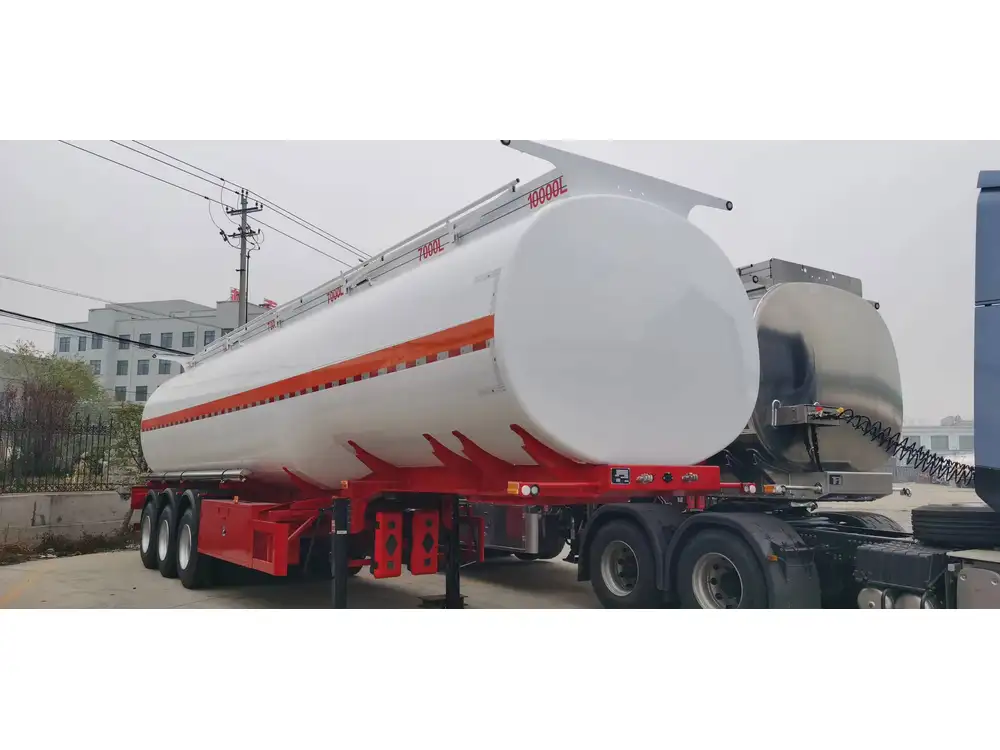
Training and Education
Investing in training ensures that personnel are adept at chaining practices.
Certification Programs
Implement certification programs to standardize chaining skills:
- Safety Certifications: Train staff on safety protocols and emergency procedures.
- Technical Training: Educate on chain selection, application techniques, and maintenance routines.
Regular Workshops
Conduct workshops to keep staff updated on best practices and new technologies:
- Industry Updates: Share the latest regulatory changes and technological advancements.
- Hands-On Training: Provide practical experience with chaining equipment and techniques.

Troubleshooting Common Chaining Issues
Addressing common issues promptly maintains operational integrity.
Chain Slippage
Prevent chain slippage through:
- Proper Tensioning: Ensure adequate tension to keep chains secure.
- High-Quality Hooks: Use hooks with secure fastening mechanisms to minimize movement.
Corrosion and Wear
Combat corrosion and wear by:
- Regular Inspections: Identify and replace compromised chains promptly.
- Protective Coatings: Apply anti-corrosion treatments to extend chain lifespan.
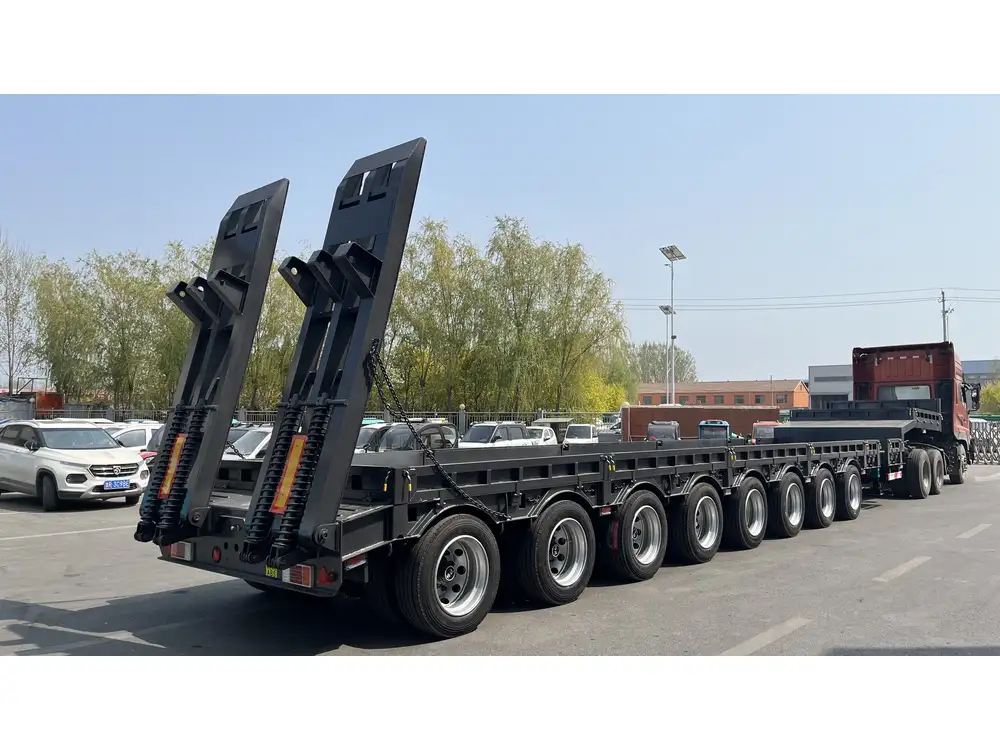
Improper Load Balancing
Maintain load balance by:
- Accurate Weight Distribution: Use weighing scales to ensure even load distribution.
- Load Bracing: Implement load bracing techniques to stabilize the cargo.
Benefits of Partnering with CarMax Vehicle
Choosing CarMax Vehicle as your chaining solutions provider offers numerous advantages:
Premium Quality Products
Our chains, hooks, and fastening systems are manufactured to the highest standards, ensuring reliability and durability.

Customized Solutions
We offer tailored chaining solutions to meet unique operational requirements, enhancing safety and efficiency.
Expert Support
Our team of experts provides comprehensive support, from product selection to maintenance guidance, ensuring optimal performance.
Innovation and Sustainability
Committed to innovation, we continuously develop advanced chaining technologies that meet both performance and environmental standards.

Implementing a Robust Chaining Strategy
A robust chaining strategy encompasses all aspects of chaining practices, from equipment selection to personnel training.
Comprehensive Planning
Develop a detailed chaining plan that outlines procedures, equipment requirements, and compliance measures.
Continuous Improvement
Regularly assess and refine chaining practices based on operational feedback and industry advancements.
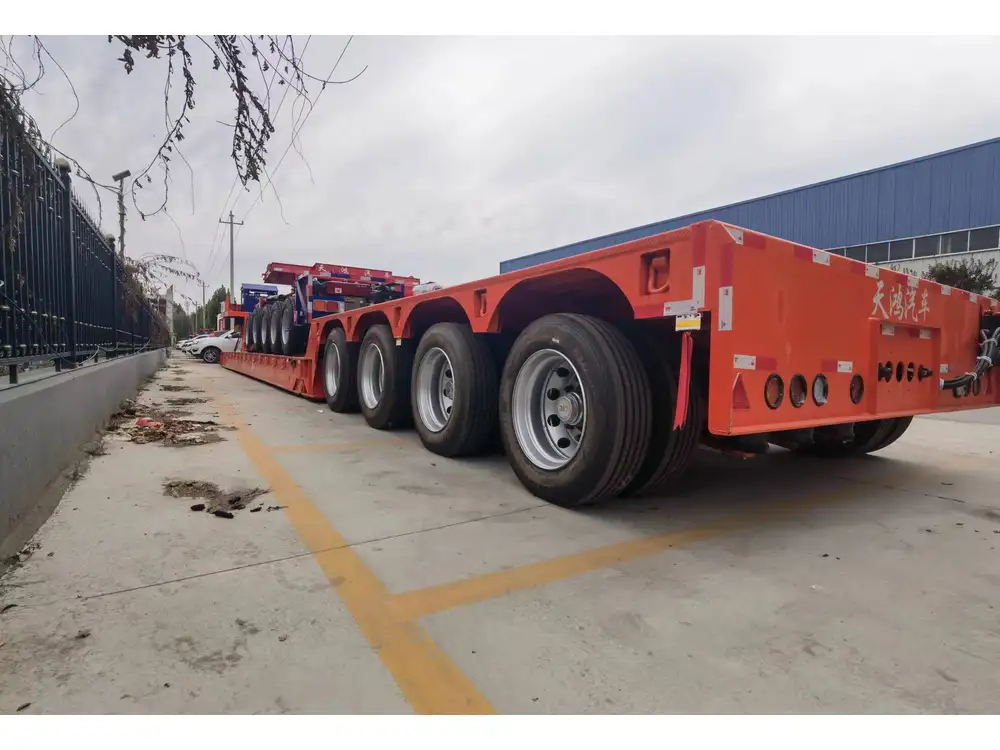
Integration with Overall Safety Protocols
Ensure that chaining practices are seamlessly integrated with broader safety and operational protocols, reinforcing a culture of safety and efficiency.
The Future of Chaining in the Transportation Industry
As the transportation industry evolves, so do chaining practices. Emerging trends include:
Automation and Robotics
The integration of automation and robotics in chaining processes promises increased precision and reduced human error.

Enhanced Connectivity
Advanced connectivity solutions facilitate better monitoring and management of chaining systems across fleets.
Sustainable Practices
A continued focus on sustainability drives the development of eco-friendly chaining materials and manufacturing processes.
Conclusion
Effective chaining of tractors to trailers is a cornerstone of safe and efficient transportation operations. At CarMax Vehicle, we are dedicated to providing top-tier chaining solutions that enhance safety, comply with regulations, and boost operational performance. By adhering to best practices, leveraging advanced technologies, and investing in training, transportation professionals can master the art of chaining, ensuring secure and reliable connections on every journey.
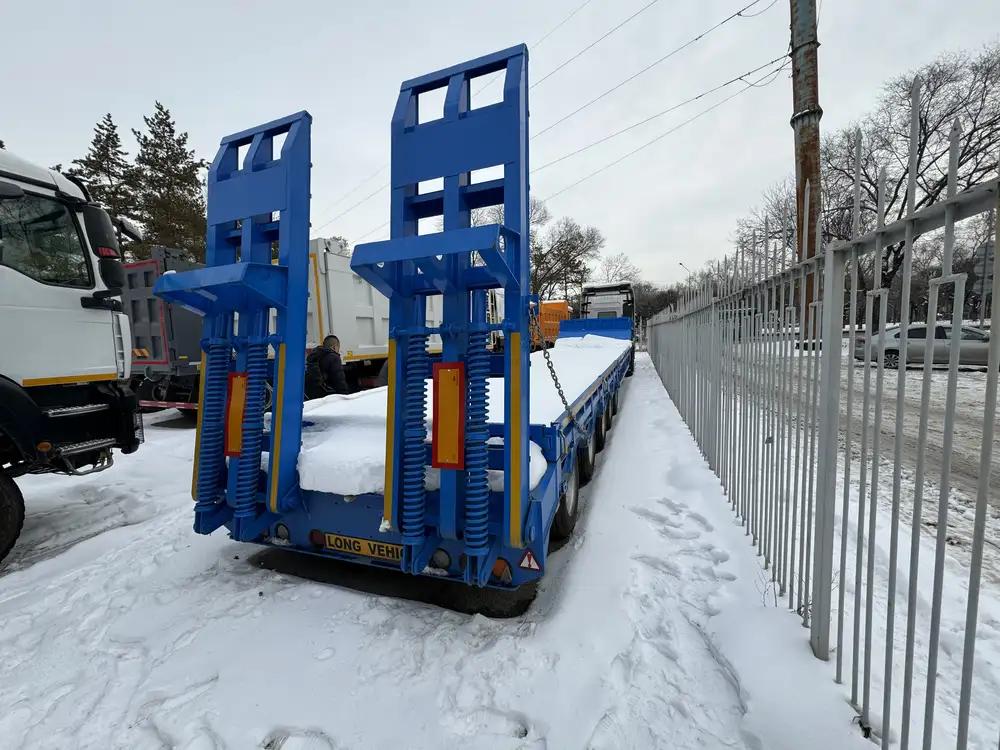
Frequently Asked Questions
1. What is the most important factor to consider when chaining a tractor to a trailer?
The most crucial factor is ensuring proper tension in the chains. Adequate tension prevents slippage and disconnections, enhancing safety during transit.
2. How often should chains be inspected for wear and tear?
Chains should be inspected before each trip and undergo a comprehensive inspection at regular intervals, depending on usage frequency and environmental conditions.
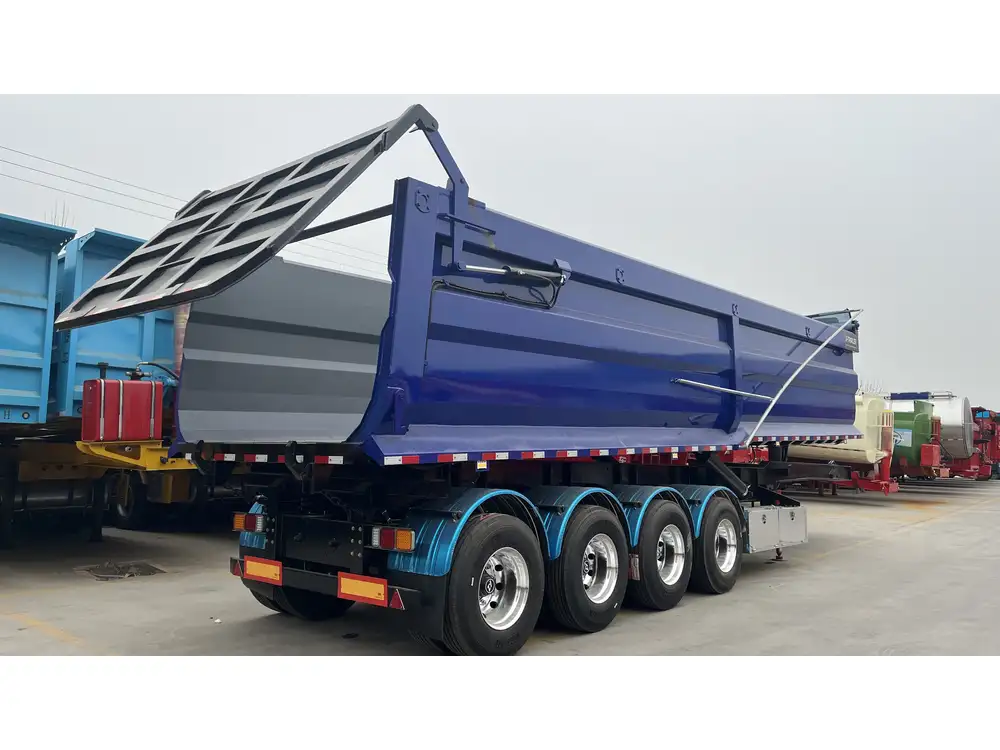
3. Can I use any type of chain for chaining my tractor to a trailer?
It’s essential to use chains that meet specific grade and material standards suitable for your operational needs. CarMax Trailer offers a range of chains designed for various applications and stress levels.
4. What are the consequences of improper chaining?
Improper chaining can lead to accidents, legal penalties, increased equipment wear, and operational downtime, all of which can significantly impact your business.
5. Are there automated systems available for chaining tractors to trailers?
Yes, integrated chaining systems with smart sensors and automated tensioners are available, enhancing chain management and ensuring real-time monitoring for optimal performance.



